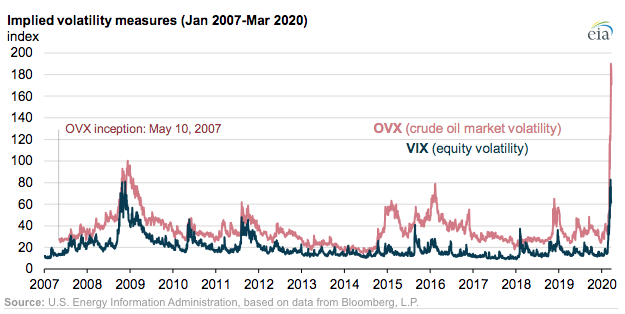Texas, a state long associated with oil dominance, is undergoing a remarkable transformation in its energy landscape. Over the past few decades, Texas has shifted from being heavily reliant on oil and gas to embracing renewable energy sources like wind and solar power. This blog post explores this transition and its impact on the state.
The Dominance of Oil
Texas has historically been a global oil and natural gas powerhouse, leading in total energy, natural gas, and crude oil production. Spindletop’s discovery in the early 20th century triggered an oil boom, shaping Texas’ economy and identity. However, the dominance of oil in Texas has not come without its challenges. The industry is subject to market fluctuations, with unpredictable prices. This has led to periods of boom and bust, causing economic instability. An example of this would be the fallout from the economic contraction caused by COVID-19 in 2020, leading to a significant drop in the value of crude oil prices. Below is the oil index volatility measure index from January 2007 to March of 2020, showing a significant increase in crude oil market volatility.

The Rise of Renewable Energy
Over the past few decades, Texas has witnessed a remarkable rise in renewable energy (slide 32, 33, 38), signaling a major shift in the state’s energy landscape. Texas is gradually diversifying its energy mix by harnessing renewable sources, driven by declining solar and wind technology costs, as well as government incentives and funding opportunities for these technologies. As technological advancements continue to improve efficiency and reduce costs, renewable energy is becoming increasingly competitive with traditional fossil fuels. For instance, residential solar costs in Texas is $2.67 per watt, compared to the national average of $2.85 per watt.
Another contributing factor for the increased adoption of solar energy in Texas is Texas’s abundant sunlight. The sun availability makes it an ideal location for harnessing solar power. With over 300 days of sunshine each year, the state has immense potential for solar energy production. With Texas having low tree coverage, it has the second greatest solar potential in the country for rooftop photovoltaic (PV) and ground mount and utility-scale solar.
Challenges and Opportunities
As the solar industry continues to grow in Texas, there are both challenges and opportunities that arise. Unlike traditional power sources, solar energy is reliant on the availability of sunlight. This means that during periods of cloudy weather or at night, solar panels are not able to generate electricity. To overcome this challenge, the development of storage solutions is crucial.
Another challenge is the need for infrastructure to support large-scale solar projects. Infrastructure development, including transmission lines, is essential. Some estimators suggest that the U.S. will need to expand transmission systems by 60% by 2030 to meet the growing clean electricity demand.
Despite these challenges, Texas’s vast land area, unique climate, and skilled workforce position it well for solar technology development and production. The future of solar energy in Texas is promising as technological advancements continue to drive down costs and increase efficiency.
Government Support and Policies
Federal policies, such as the Investment Tax Credit (ITC), and Texas’s own Renewable Energy Systems Property Tax Exemption, have made solar installations more feasible.
Furthermore, Texas set a goal for renewable energy to be added to the mix of energy production set forth by the Renewable Portfolio Standards (RPS). RPS requires that a specified percentage of electricity utility sell comes from renewable resources. Texas established this program back in 1999 and required 5,880 MW by 2015, and 10,1000 MW by 2025, which Texas has achieved.
The Texas Legislature has also passed laws and regulations that facilitate the development and expansion of solar energy. For local governments, the Texas Health and Safety Code 388.005© states that municipalities, political subdivisions, institution of higher education, and state agencies within ozone nonattainment and near-attainment counties must reduce their electrical consumption by 5% each year for seven years, beginning September 1, 2019.
The Future of Solar in Texas
Texas’s future in solar energy (slide 7) looks promising, with continued growth, improved infrastructure, and government incentives. Analysts project significant growth in global PV installations, and falling costs will make solar more competitive with fossil fuels. Forecasters project continued increases in annual global PV installation, with an estimated 16% growth in PV demand in 2024, 12% growth in 2025, and 10% growth in 2026.
By embracing solar power, harnessing its abundant sunlight, and continuing to invest in clean energy development, Texas can solidify its position as a leader in renewable energy and create a sustainable future for the state. Contact us today to get started!










